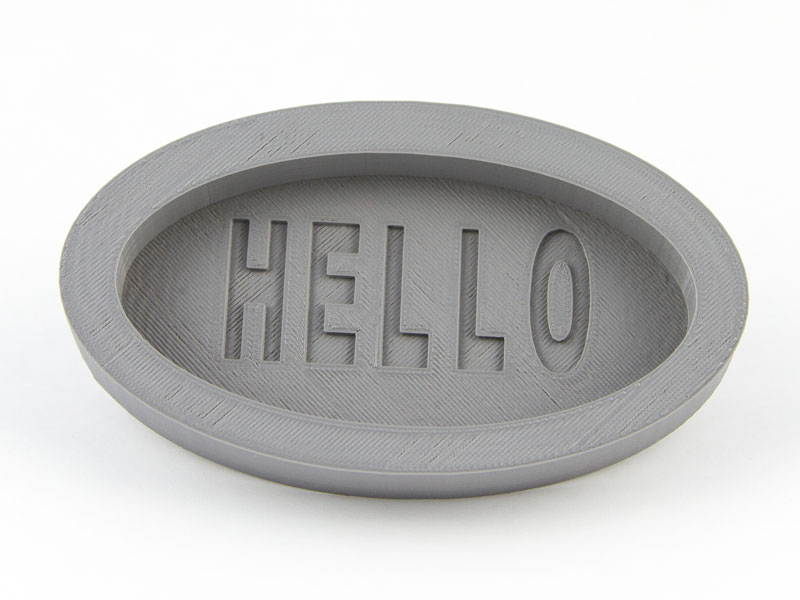
Consumer 3D print service Shapeways has always been introducing new materials, but this one is very curious: PLA.
PLA is a very familiar material to any 3D printer operator, as it’s one of the most popular materials. It doesn’t warp very much, is widely available in many colors, is frequently combined into composite filaments, is biodegradable and actually smells nice when printing.
It’s a material used by the vast majority of current desktop 3D printers.
Shapeways, on the other hand, has been very different in that they’ve operated large industrial 3D printers behind the scenes, offering premium materials of various sorts.
The customer equation was likely this for many people: “I’ll print in PLA on my own equipment for lower quality results, but when I need something in special materials, I’ll send it to Shapeways.”
Shapeways was positioned as a premium service in my mind, at least.
But now they’re offering PLA, too. And the max build volume of their PLA service is “285 × 150 × 155 mm”, which is suspiciously like the build volume of several MakerBot Replicator clones.
I’m wondering about their motivation here, as this is a very curious shift.
It could be that Shapeways might be feeling some pressure for low-cost 3D printing services from community network 3D Hubs, who provide access to numerous PLA-capable 3D printers in almost every urban area of the world.
But there’s another possibility. Let’s look at Shapeways’ pricing. PLA printing is said to cost USD$7.50 per part and USD$0.40 per cubic centimeter.
Is this a reasonable price for PLA? Let’s figure this out by comparing the cost of Shapeways’ PLA to commonly available 1Kg spools of PLA.
If we assume an average density of 1.25g / cubic centimeter, than a kilo of PLA would contain 800 cubic centimeters. This, in Shapeways’ pricing structure, would cost USD$320 per kilo! That’s perhaps the highest price for PLA I’ve ever seen.
But wait, there’s more to the story. You’re not just paying for the material; you’re paying for an operator to certify your 3D model, run the print job, provide finishing services, packaging and shipping. And some profit, too, I suppose.
Typically the rule of thumb for 3D print services is to price prints as 5X the cost of the material to account for all that. Thus, in this case we could divide the USD$320 by five to arrive at USD$64 per kg, which is still a bit high compared to many other 3D printer filaments, which are usually priced between USD$20-50 per kg.
Their PLA price is actually more than their price for nylon prints, which is between USD$0.21 and USD$0.28 per cubic centimeter, but is less than many other specialty materials.
I suspect they’re launching the product with a relatively high price to offset their investment to get it going, and then we’ll see the price gradually drop as competition sets in.

